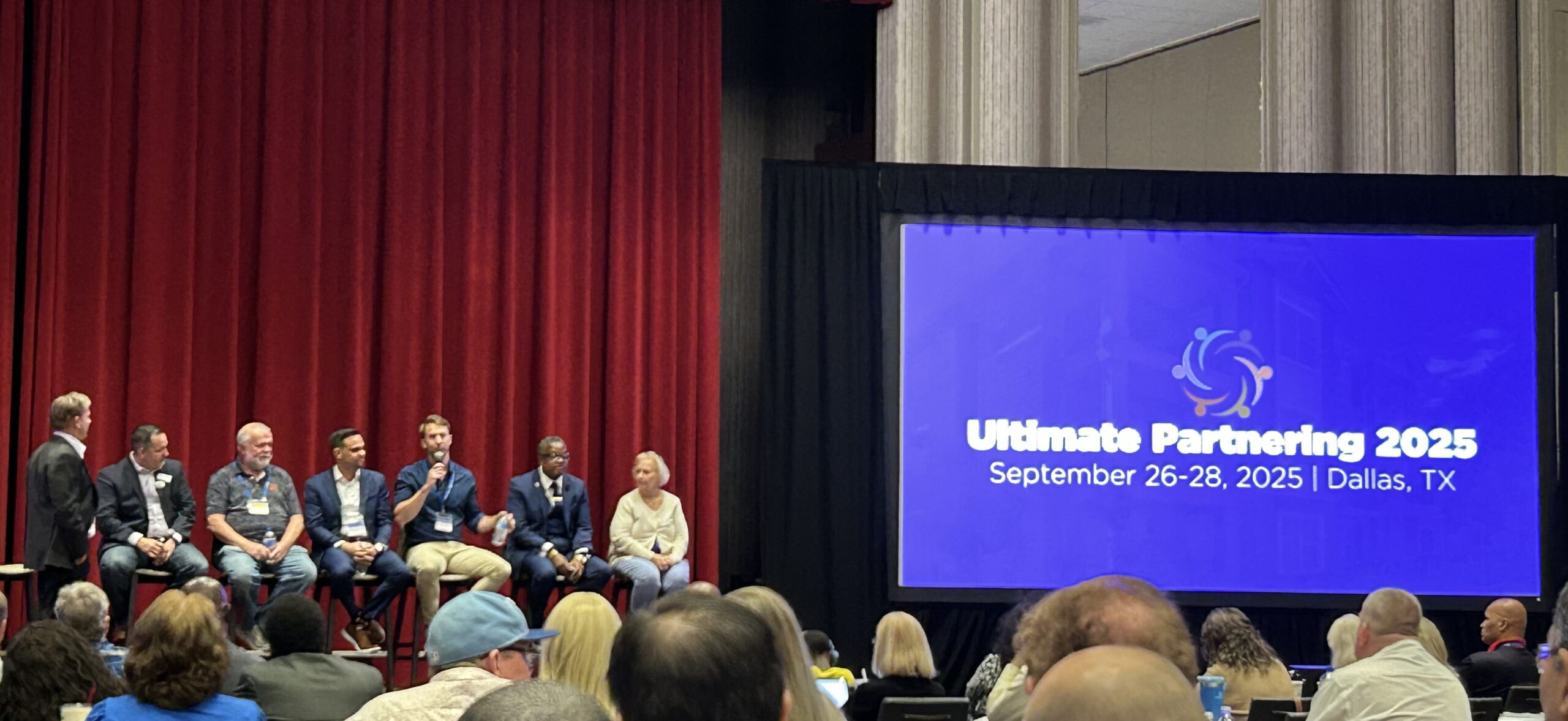I had the pleasure of being on the “How to get started in Real Estate”…

Newsletter April 2023
Last month we had the opportunity to attend the Best Ever Conference in Salt Lake City, UT. It was a great opportunity to network with industry experts, get market insights, and most importantly get a few days of skiing in!
As usual with these events, there were several presentations and a lot of discussion on the current economic climate and investment environment, as well as predictions on how the real estate industry will perform in the future. There were many highly credible investors and industry professionals speaking on these topics providing valuable insight and varying opinions.
Most of the speakers agreed that the long-term fundamentals of multifamily real estate remain strong. Above all, this is mainly due to simple supply and demand factors. The current housing stock plus projected new housing deliveries does not meet the current housing demand and is not expected to catch up anytime soon. The most new housing deliveries in over 50 years are expected to come online in the next 18 months or so, but this will still not meet long-term demand based on population growth and household formation projections. While vacancy rates may tick up short-term while the new housing units are being filled, with rising interest rates and material costs the development pipeline has dried up recently. So, after the next 18 months new housing deliveries are expected decline continuing the supply and demand imbalance.
When it came to shorter term forecasting over the next 2-3 years, opinions varied. These opinions varied from doomsday planners to the best buying opportunity in history! There were a lot of people projecting an economic slowdown and a “soft landing” before another growth period beginning around 2025. And then there were the honest opinions of, “I don’t know”.
At the conference and otherwise, there are a lot of people anticipating a great buyer’s market over the next couple years, with some people branding it as the “best buyer’s market ever”! This theory stems from the large amount of floating interest rate bridge debt coming due over the next year. Over the past couple of years many multifamily operators acquired multifamily assets with high-leverage, floating interest rate debt with the assumption that they could add significant value to their assets, and interest rates would stay low so they would be able to refinance into a low interest rate loan once they finished their value-add. Now that interest rates have increased by an unprecedented amount over the past year, these operators are going to have a tough time refinancing their loan at the leverage they initially anticipated; especially the operators having difficulties executing on their value-add strategy.
The problem with the “best buyer’s market ever” theory is the amount of buyers and “dry powder” (liquid capital) ready to pounce. Although there likely will be more opportunities due to the factors mentioned above, there are an enormous amount of buyers ready to jump on these opportunities. There may be motivated sellers, but the large buyer pool will still make the offer process competitive reducing any discounted sales price. The best time to buy is when no one else is buying! In order to move into the “best buyer’s market ever”, we would likely need to go into a significant recession first; similar to the Great Financial Crisis. This would help thin out the buyer pool. And although we are all hungry for new investment opportunities, I think we can agree we do not want that to happen.
When we first started buying properties in 2013, there was literally no one else bidding on the properties we were acquiring. We did not know the market would appreciate like it did, but the lack of buying competition made that the best buyer’s market I have participated in, and I doubt we will see one anytime soon unless we have a significant recession first.
The “soft landing” theory is probably the more commercially accepted theory: we will go into a recession, but it won’t be that bad. Considering the FED continues to pull the interest rate lever to actively cool down the economy, I think it is a safe bet to say the economy will continue to cool. In this scenario, well capitalized multifamily operators who are successful in implementing their asset plan will do fine. They will be able to ride through the “soft landing” and then catch the next growth period. It may just extend their hold period by a few years. Aggressive operators that over-leveraged assets with floating interest rate debt will be at more risk; but that remains true at any point in time.
While it is great to hear all the different opinions and see presenters’ analytics backing their theories, there was still no crystal ball confirming how the market will perform in the future. I tend to agree with the “I don’t know” theory. Or maybe “I don’t care”? No, it is extremely important to stay informed on what it is going on in the market and how it may affect your industry, but it is important not to get too caught up in it either.
Warren Buffett famously stated, “I don’t pay attention to what economists say, frankly… (economists) spend their life studying it (economics), but can you name me one super-wealthy economist that’s ever made money out of securities? No.” While we are discussing real estate (not securities) here, the idea remains the same. An economist may be able to generally tell you which way the tide is moving, but I doubt they know what an undervalued apartment complex looks like in Lebanon, NH, or Tyler, TX, or Greenwood, IN, or (Insert submarket here), never mind implement a successful value-add strategy on it.
It is important to keep your figure on the pulse of the market, but as a multifamily operator it is more important to continuously underwrite properties with conservative practices no matter the stage of the market cycle, and build a strong team that can successfully manage assets and implement value adds. We do not change our business model or investment approach based on short-term market indicators. We do not sit on the sideline in fear of the future or wait for the “best buyer’s market ever”. Instead, we acknowledge the strong long-term market fundamentals and continuously search and identify undervalued multifamily real estate opportunities in economically diverse markets that we can effectively manage over an indefinite period of time.
Currently, we are sourcing deals in New Hampshire, Vermont, Indiana, and Maryland, and strengthening our local asset management teams in each market so we can maximize operational value and minimize risk in our next acquisitions.

